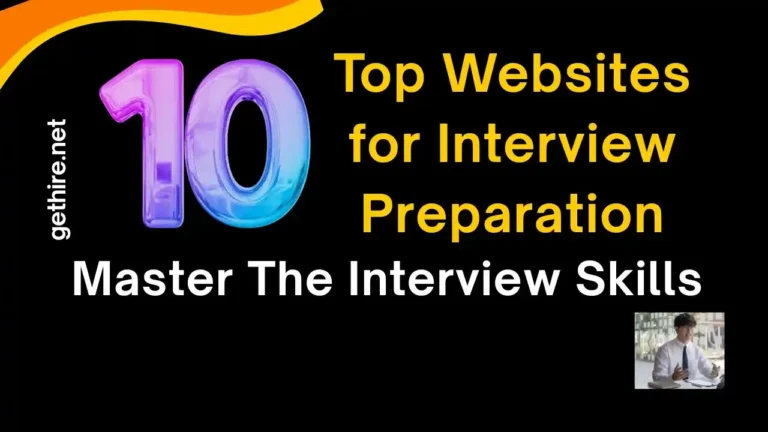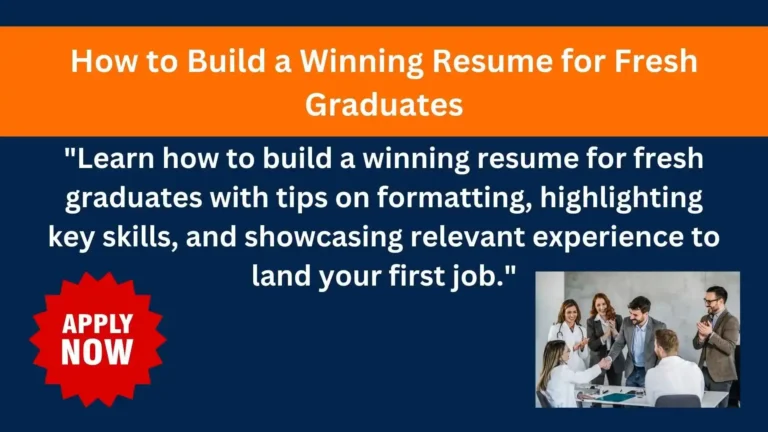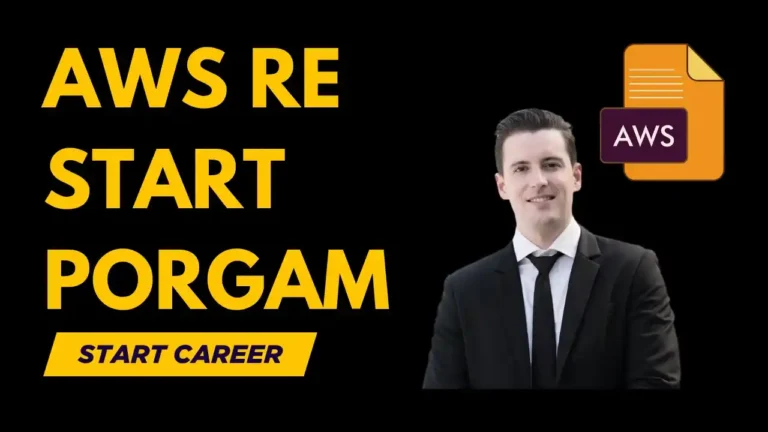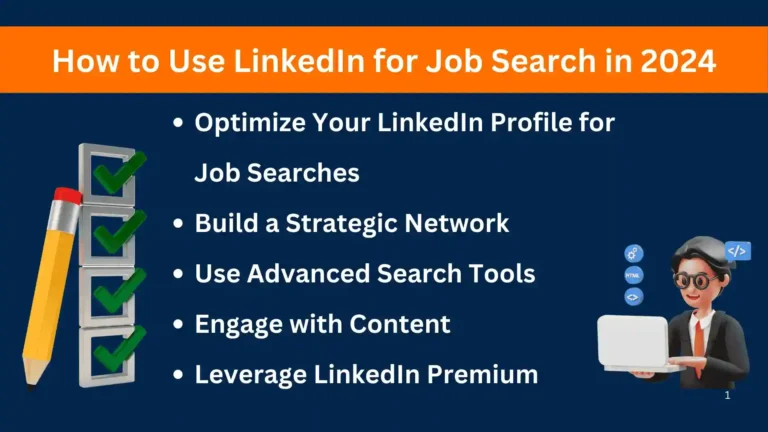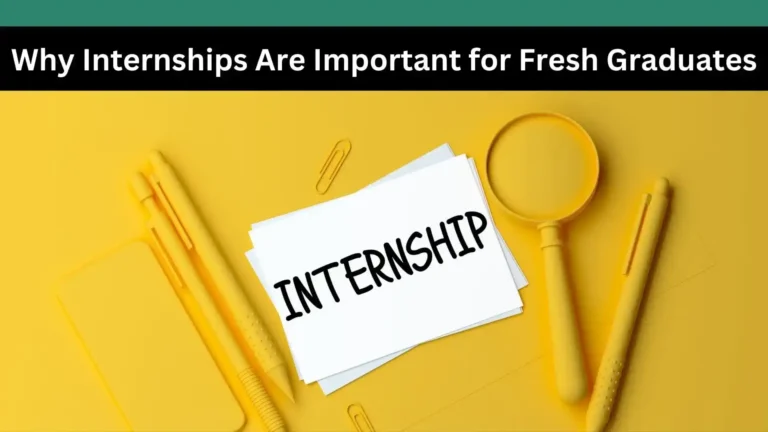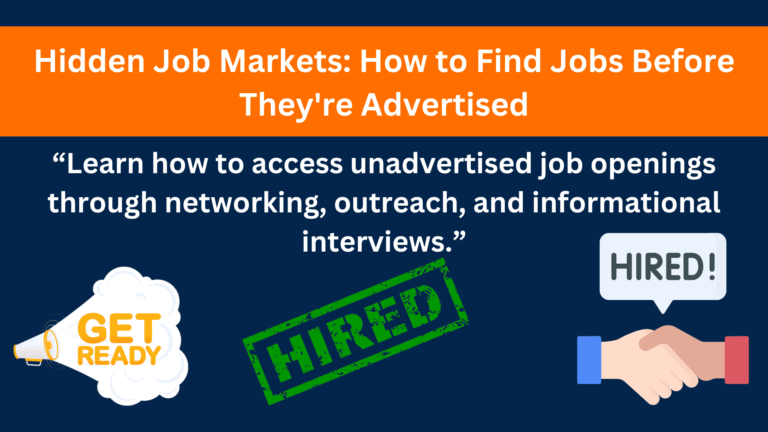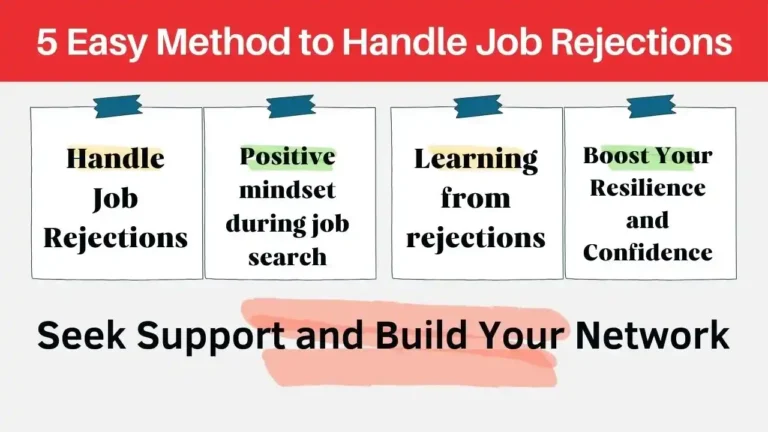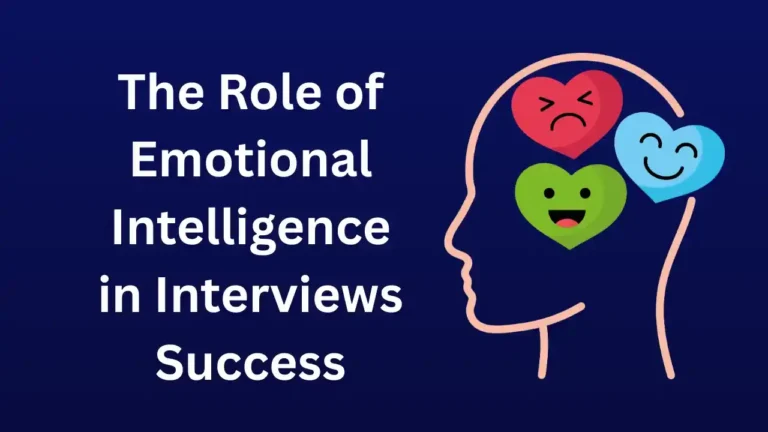When you’re searching for a job, your resume is often the first impression you make on a potential employer. Crafting a resume that effectively showcases your skills, experience, and achievements is crucial in standing out from the competition. However, with various resume formats available, choosing the right one can be confusing. Whether you’re a seasoned professional or just starting your career journey, understanding the different types of resumes will help you create a document that highlights your strengths in the best possible light.
In this post, we’ll cover the 7 main types of resumes, how to choose the best one for your career situation, and provide templates to help you get started.
Table of Contents
List of 7 Types of Resumes
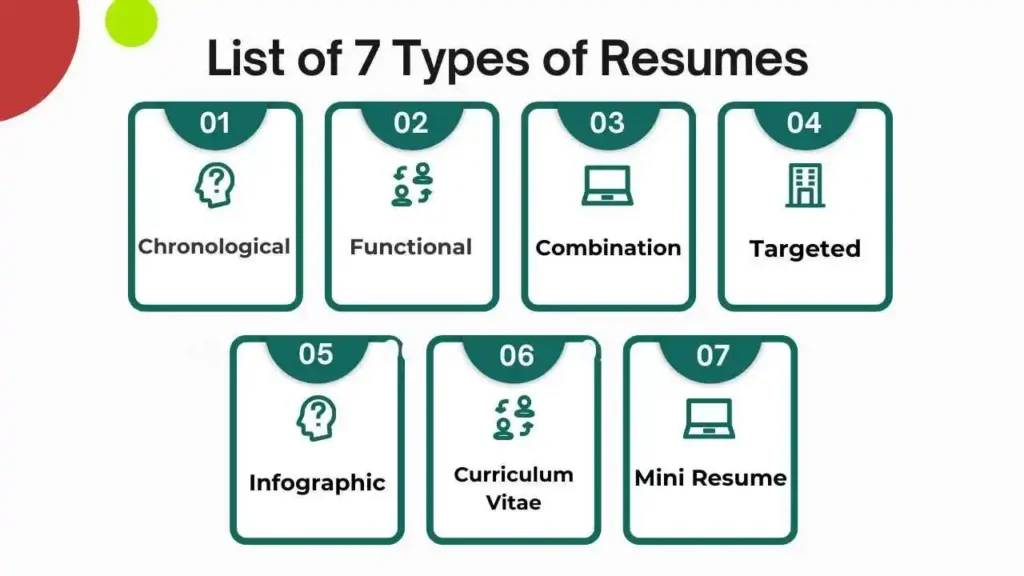
1. Chronological Resume: The Traditional Choice
A chronological resume is the most traditional and widely used resume format. As the name suggests, this resume lists your work experience in reverse chronological order, starting with your most recent job and working backward.
When to Use a Chronological Resume
- You have a strong work history with consistent career progression.
- You’re applying for positions in the same or similar fields.
- Your most recent job is highly relevant to the position you’re applying for.
Features of a Chronological Resume:
- Work Experience: This section is the focus, listing positions, companies, and dates in reverse order.
- Skills Section: Skills may be mentioned throughout the experience section.
- Education: Typically placed after the experience section.
Chronological Resume Template:
[Your Name]
[Your Address]
[City, State, ZIP]
[Your Email Address] | [Phone Number] | [LinkedIn URL]
Professional Summary:
An accomplished [Job Title] with over [X] years of experience in [Industry]. Expertise in [Key Skills]. Proven track record of achieving [specific results or accomplishments].
Professional Experience:
[Job Title] | [Company Name] | [Dates of Employment]
- Bullet point your job responsibilities and achievements.
- Focus on measurable results.
- Use action verbs to describe your contributions.
[Job Title] | [Company Name] | [Dates of Employment]
- Bullet point your job responsibilities and achievements.
Education:
[Degree] | [University Name] | [Graduation Date]
2. Functional Resume: Showcase Your Skills Over Work History
The functional resume format focuses more on skills and achievements rather than work history. This resume type is ideal for job seekers with gaps in their employment history, or those switching industries or careers.
When to Use a Functional Resume
- You are changing careers or industries.
- You have limited work experience or significant employment gaps.
- You want to emphasize skills and accomplishments over job titles or companies.
Features of a Functional Resume:
- Skills Section: The bulk of the content focuses on skills, qualifications, and accomplishments.
- Work Experience: Listed briefly with job titles and dates, without focusing too much on specific and growing roles.
- Education: Typically placed at the end or near the skills section.
Functional Resume Template:
[Your Name]
[Your Address]
[City, State, ZIP]
[Your Email Address] | [Phone Number] | [LinkedIn URL]
Professional Summary:
Skilled [Job Title] with expertise in [Key Skills]. A results-driven professional with a background in [Industry/Field], specializing in [specific area of focus].
Core Competencies:
- Skill 1: [Brief description of how you’ve used this skill]
- Skill 2: [Brief description of how you’ve used this skill]
- Skill 3: [Brief description of how you’ve used this skill]
Professional Experience:
[Job Title] | [Company Name] | [Dates of Employment] (optional)
- Bullet points outlining roles and achievements.
Education:
[Degree] | [University Name] | [Graduation Date]
3. Combination Resume: Best of Both Worlds
The combination resume, or hybrid resume, merges the best features of both chronological and functional formats. These resume formats allow you to emphasize your skills and qualifications, while still showcasing a solid work history.
When to Use a Combination Resume Formats
- You have a variety of skills and experiences but also want to show your work history.
- You’re applying for a job where both skills and experience are important.
- You’re targeting a position in the same or a related industry.
Features of a Combination Resume Templates:
- Skills and Accomplishments: Focus on your strongest skills and accomplishments at the top.
- Work Experience: A chronological list of your work experience follows.
- Education: Typically placed after the work experience section.
Combination Resume Template:
[Your Name]
[Your Address]
[City, State, ZIP]
[Your Email Address] | [Phone Number] | [LinkedIn URL]
Professional Summary:
Results-oriented [Job Title] with expertise in [Key Skills]. Adept at [Core Competencies] with a proven track record of [Achievements].
Skills & Competencies:
- Skill 1: [Short description of experience]
- Skill 2: [Short description of experience]
- Skill 3: [Short description of experience]
Professional Experience:
[Job Title] | [Company Name] | [Dates of Employment]
- Bullet points detailing your job responsibilities and measurable achievements.
Education:
[Degree] | [University Name] | [Graduation Date]
4. Targeted Resume: Tailored for the Job You Want
A targeted resume is a highly customized resume format that is designed for a specific job application or industry. This resume highlights the skills, experience, and qualifications most relevant to the job you’re applying for.
When to Use a Targeted Resume
- You are applying for a specific job or position.
- You have experience and qualifications that align well with the job description.
- You want to show exactly how your skills fit the employer’s needs.
Features of a Targeted Resume:
- Tailored Skills Section: List only those skills that directly relate to the job you’re applying for.
- Work Experience: Emphasize past roles and accomplishments that align with the job requirements.
- Education: Only include relevant qualifications for the position.
Targeted Resume Template:
[Your Name]
[Your Address]
[City, State, ZIP]
[Your Email Address] | [Phone Number] | [LinkedIn URL]
Professional Summary:
[Job Title] with expertise in [Skill 1, Skill 2, etc.]. Over [X] years of experience in [Industry/Field], delivering [specific results] in [specific area relevant to the job].
Relevant Experience:
[Job Title] | [Company Name] | [Dates of Employment]
- Tailor bullet points to focus on responsibilities and achievements that align with the job description.
Skills:
- Skill 1: [Relevant experience or achievement]
- Skill 2: [Relevant experience or achievement]
Education:
[Degree] | [University Name] | [Graduation Date]
5. Infographic Resume: Stand Out with Design
An infographic resume is a creative, visually engaging format that combines design elements with traditional resume content. These type of resume templates use graphics, charts, and icons to present key achievements and skills.
When to Use an Infographic Resume
- You’re in a creative field such as graphic design, marketing, or web development.
- You want to stand out visually in a competitive job market.
- Your target employer values creativity and design skills.
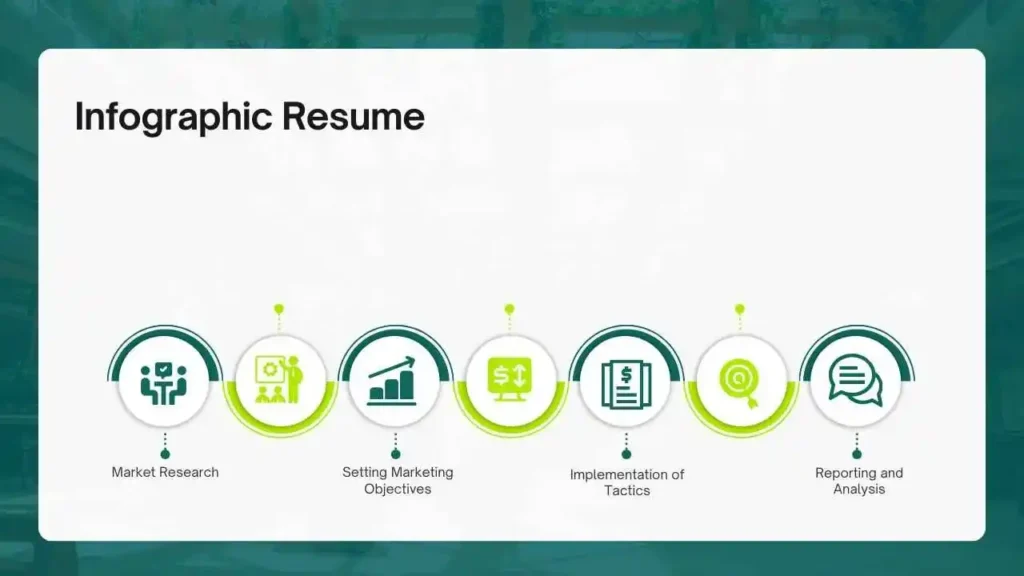
Features of an Infographic Resume:
- Visual Representation: Includes charts, graphs, and icons to highlight skills and achievements.
- Clear and Concise: While visually engaging, the information is still clear and concise.
- Emphasis on Creativity: Showcases your design and creative abilities.
Infographic Resume Template:
Note: For an infographic resume, using design tools like Canva or Adobe InDesign is recommended. This type of resume involves graphic elements that can’t be represented in plain text.
6. Curriculum Vitae (CV): A Detailed Career Summary
A Curriculum Vitae (CV) is a comprehensive document that outlines your entire career, including academic background, research, publications, and teaching experience. It’s more detailed than a resume and often used in academia, medicine, and research fields.

When to Use a CV
- You are applying for a position in academia, research, or medicine.
- You have extensive academic or professional achievements.
- You need to provide a thorough overview of your career in these resume formats.
Features of a CV:
- Detailed Academic History: Includes degrees, publications, research, and certifications.
- Comprehensive Work History: Lists all positions, responsibilities, and achievements in great detail.
- Awards and Achievements: Includes notable honors and distinctions.
CV Template:
[Your Name]
[Your Address]
[City, State, ZIP]
[Your Email Address] | [Phone Number] | [LinkedIn URL]
Curriculum Vitae
Education:
- [Degree] | [University Name] | [Graduation Date]
- Thesis: [Thesis Title] (if applicable)
Research & Publications:
- [Title of Publication] | [Journal Name] | [Date]
Professional Experience:
- [Job Title] | [Institution/Company Name] | [Dates of Employment]
- Detailed bullet points outlining your responsibilities and achievements.
Awards & Achievements:
- [Award Name] | [Organization Name] | [Date]
7. Mini Resume: A Quick Snapshot
A mini resume is a shortened version of your full resume. It’s typically used for networking events or situations where a full resume isn’t necessary.
When to Use a Mini Resume
- You’re attending a networking event or informal meeting.
- You need to provide a quick snapshot of your career.
- You’re following up on a job application and want to leave a concise document behind.
Features of a Mini Resume:
- Condensed Information: Includes only key skills, qualifications, and work experience.
- Brief Overview: Focuses on your most impressive achievements in a few bullet points.
Mini Resume Template:
[Your Name]
[Your Email Address] | [Phone Number] | [LinkedIn URL]
Quick Summary:
- [Job Title] with expertise in [Key Skill 1, Key Skill 2].
- Proven track record of [Key Achievement 1, Key Achievement 2].
Work Experience:
- [Job Title] | [Company Name] | [Dates of Employment]
- Briefly outline your key responsibilities and notable achievements.
Education:
- [Degree] | [University Name] | [Graduation Date]
Check out our guide on how to write a compelling cover letter to accompany your resume.”
Job Search Tips
Embarking on a successful job search requires a strategy that goes beyond simply sending out resumes. One of the most effective tips is to tailor your resume and cover letter to each job you apply for. By customizing these documents to highlight your most relevant skills and experiences, you increase your chances of catching the attention of hiring managers.
Use keywords from the job description to ensure your resume aligns with what the company is seeking, and consider leveraging LinkedIn to connect with potential employers and expand your professional network. Engaging with industry-specific groups and participating in online discussions can open doors to opportunities that might not be listed on traditional job boards.
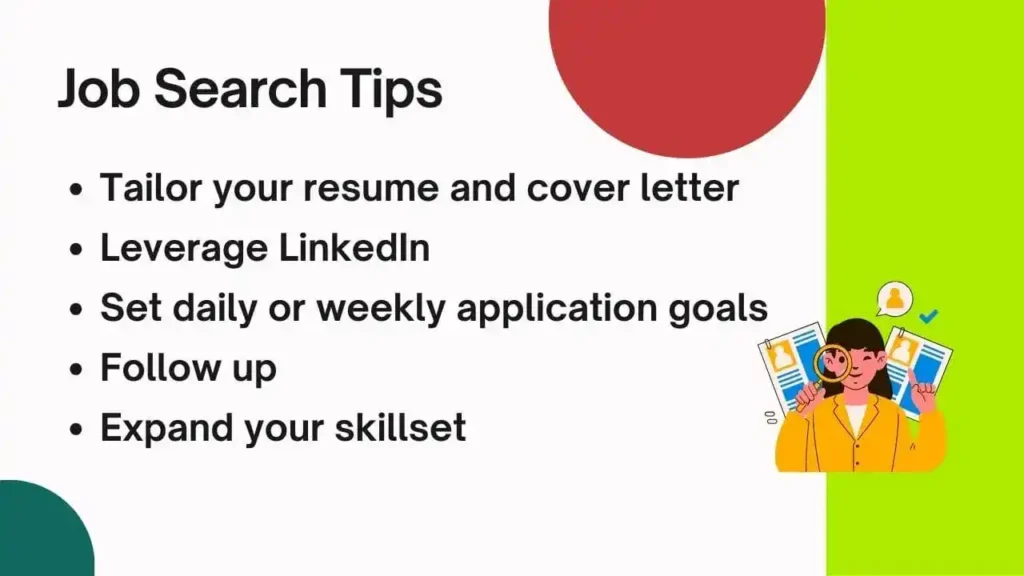
Another essential tip is to stay organized throughout your job search. Set a daily or weekly goal for the number of job applications you want to submit and track the jobs you’ve applied to. Create a spreadsheet with key details about each role, including deadlines, interview schedules, and contact information, so you can easily follow up.
Additionally, it’s important to remain persistent and resilient. Job searches can often take time, but staying positive and proactive will keep you motivated. Consider expanding your skillset through online courses or certifications that enhance your qualifications and make you a more attractive candidate in your field. With the right approach and determination, your job search can become a rewarding experience.
FAQs on Types of Resumes
What is the best type of resume format?
The best type of resume format depends on your career history and the type of job you’re applying for. If you have a consistent work history and relevant experience, the chronological resume format is ideal. However, if you’re changing careers or have gaps in your work history, the functional resume may be a better choice as it highlights your skills rather than your employment timeline.
What is a functional resume good for?
A functional resume is particularly beneficial for individuals who are changing careers, reentering the workforce after a break, or those with employment gaps. This format focuses on your skills and achievements rather than your chronological work experience, making it easier to emphasize transferable skills relevant to the job you’re applying for.
How can I create a standout resume?
To create a standout resume, tailor it to the specific job you’re applying for. Use keywords from the job description to pass Applicant Tracking Systems (ATS). Focus on quantifiable achievements, and keep your resume clean, concise, and well-organized. Consider using action verbs and including a compelling summary or objective to grab attention.
Should I include personal details like age or marital status on my resume?
It is not recommended to include personal details such as age, marital status, or social media links unless they are directly relevant to the job. Focus on professional information like your qualifications, skills, and work experience.
What is a combination resume and when should I use it?
A combination resume is a hybrid of the chronological and functional formats. It highlights both your skills and achievements as well as your employment history in reverse chronological order. This format is ideal for candidates with a mix of relevant skills and work experience, as well as for those with career changes or job gaps.
How long should my resume be?
A resume should generally be one page long for candidates with less than 5-10 years of experience. However, for those with extensive experience or if applying for senior-level positions, a two-page resume is acceptable. Make sure every word serves a purpose and avoid adding unnecessary information.
What should I avoid on my resume?
Avoid using unprofessional email addresses, including irrelevant personal hobbies, or using an overly complex design. Don’t lie about your qualifications or experience, and avoid including outdated skills or work experience that no longer add value.
How do I choose the right resume template?
Choose a resume template that suits your career history, job industry, and personal style. For example, if you’re in a creative field like design, you can opt for a more visually appealing resume. On the other hand, for more traditional industries like finance, a simple and professional template may be more appropriate.
Can I use a resume template for free?
Yes, many websites offer free resume templates, including ours. Using a template can help ensure your resume is organized, professional, and ATS-friendly. You can customize these templates with your details and tailor them to the job you’re applying for.
How do I write a resume summary?
A resume summary should be a short, compelling statement at the top of your resume that highlights your skills, experience, and career goals. It should emphasize why you’re a great fit for the role you’re applying for. Keep it clear and concise, usually no more than 3-4 sentences.
Conclusion
Choosing the right types of resumes are essential for showcasing your skills, experience, and qualifications in the best possible light. Whether you’re a seasoned professional or just starting your career, understanding the differences between resume types and selecting the one that aligns with your goals will help you make a lasting impression on employers.
Don’t forget to tailor your resume to the job you’re applying for and use one of the templates provided above as a starting point. A well-crafted resume can open doors to exciting opportunities and help you land the job of your dreams.



